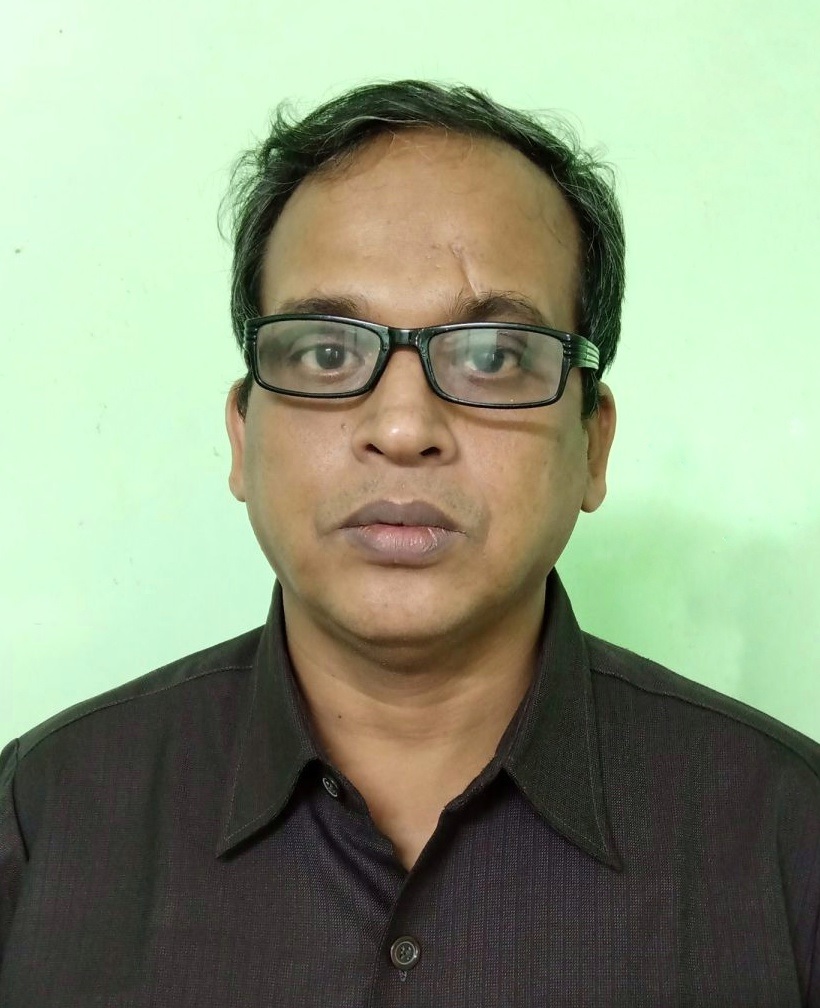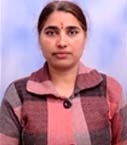A Review on Kushtha W.S.R. to Kushthaghna Mahakashaya

DOI:
https://doi.org/10.54060/ijahr.2023.11Keywords:
Kushtha, Kushthaghna mahakashaya, doshas, DushyasAbstract
A skin condition is kushta roga. The term "kushtha" has been used in Ayurveda to designate all skin conditions. Maha-kushtha and Kshudra Kushtha are the additional divisions that they fall under. According to Acharyas, Tridoshik participation is present in every kushtha. Nonetheless, the dosha dominance determines the sort of kushtha. Seven factors—three doshas (Vata, Pitta, and Kapha), four Dushyas (Tvaka, Mamasa, Shonita, and laseeka), and one other—are vitiated, according to the Acharyas, and this causes Kushtha to manifest. Because the Charaka Samhita describes how to cure Kushtha and explains external therapies for the condition, it is clear that the Ayurvedic classics place a high value on the condition. Acharya Charaka listed 10 treatments for skin conditions as part of the Kushthaghna mahakashaya group in the Sutra sthan of the Charaka Samhita. Acharya Charak described Kushthaghna Mahakashaya for the treatment of Kushtha roga (skin disorders). There are ten medications in it. The major focus of this review is on many facets of Kushtha and Kushthaghna Maha-kashyaya.
Downloads
References
Agrawal A, Kushwaha AK. A Review on Kushthaghna Mahakashaya. International Research Journal of Ayurveda & Yoga [Internet]. 2022;05(11):52–62. Available from: http://dx.doi.org/10.47223/irjay.2022.51108
Acharya YT, Agnivesha C. Sootraa sthana, Chapter 4, shloka no. 8/13-14, Chawkambha Sanskrit Sansthan, P.B no.1139, K.37/16, Gopal mandir lane, Varanasi(UP), reprint, 2004, p.33.
Singh S, Tripathi JS, Rai NP. A Review of Pharmacodynamic Properties of ‗Nishadi.
Sharma P.V., Dravyaguna vijnana Vol.2,Delhi, Chaukhamba Sanskrit Pratishthan;2006, p.159-161.
Sharma P.V., Dravyaguna vijnana Vol.2, Delhi, Chaukhamba Sanskrit Pratishthan;2006, p.753-755.
Sharma P.V., Dravyaguna vijnana Vol.2, Delhi, Chaukhamba Sanskrit Pratishthan;2006, p.758-760.
Sharma P.V., Dravyaguna vijnana Vol.2, Delhi, Chaukhamba Sanskrit Pratishthan;2006, p.162-164.
Sharma P.V., Dravyaguna vijnana Vol.2, Delhi, Chaukhamba Sanskrit Pratishthan;2006, p.166-170.
Sharma P.V., Dravyaguna vijnana Vol.2, Delhi, Chaukhamba Sanskrit Pratishthan;2006, p.702-704.
Sharma P.V., Dravyaguna vijnana Vol.2, Delhi, Chaukhamba Sanskrit Pratishthan;2006, p.170-173.
Sharma P.V., Dravyaguna vijnana Vol.2, Delhi, Chaukhamba Sanskrit Pratishthan;2006, p.211-213.
Sharma P.V., Dravyaguna vijnana Vol.2, Delhi, Chaukhamba Sanskrit Pratishthan;2006, p.503-506.
Sharma P.V., Dravyaguna vijnana Vol.2, Delhi, Chaukhamba Sanskrit Pratishthan;2006, p.178-180
Singh S. Phytopharmacological overview on Kusthagna Mahakashaya. World Journal Pharmacy and Pharmaceutical sci-ence. 2014(4):306–33.
Sharma PV. Dravya guna vigyan. 2nd ed., Varanasi; Chaukhambha bharati academy: 2003, pp.211-213.
Sharma PV. Dravya guna vigyan. 2nd ed., Varanasi; Chaukhambha bharati academy: 2003, pp.166-170.
Acharya YT, Agnivesha C. Sootraa sthana, Chapter 4, shloka no. 8/13-14, Chawkambha Sanskrit Sansthan, P.B no.1139, K.37/16, Gopal mandir lane, Varanasi(UP), reprint, 2004, p.67.
Charaka Samhita of Agnivesh Charaka - Hindi commentary by Pandit Kashinath and Dr. Gorakhnath Chaturvedi. Choukhamba Bharti Academy Varanasi; 2015; Sutrasthana; 05/06.

Downloads
Published
How to Cite
CITATION COUNT
Issue
Section
License
Copyright (c) 2023 Dr. Arpana Gupta, Dr. Rishabh Jain, Dr. Swati Nagpal

This work is licensed under a Creative Commons Attribution 4.0 International License.























